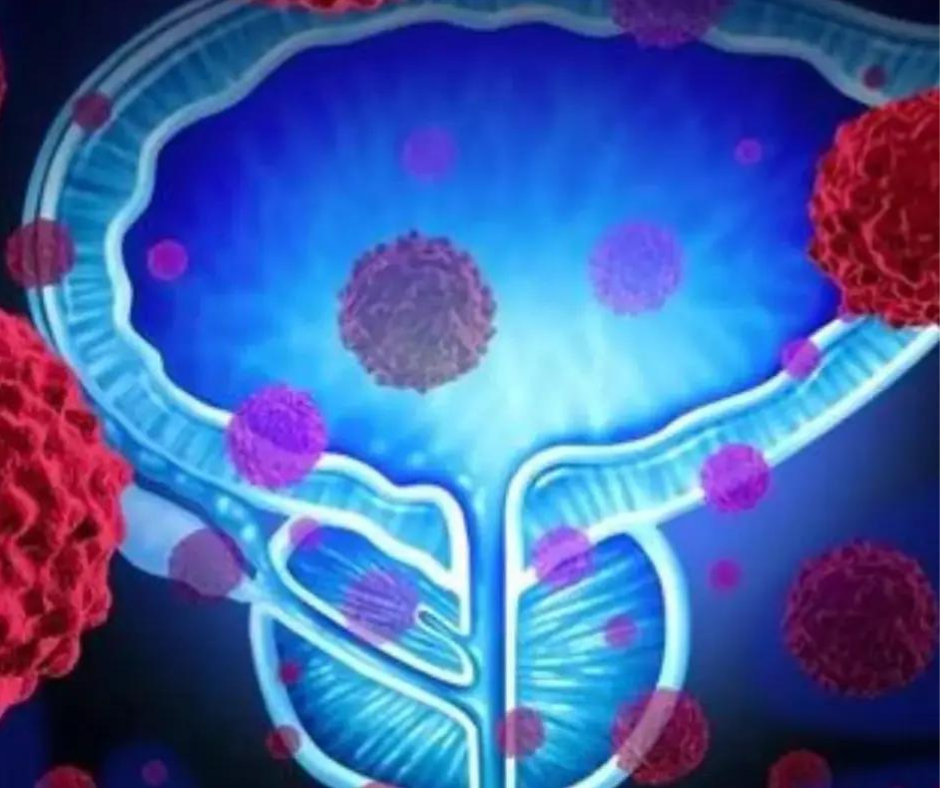Article
Study suggests available deep learning software does not enhance assessment of bi-parametric prostate MRI
Author(s):
The deep learning software also showed no difference in the consistency of scoring with the Prostate Imaging-Reporting and Data System (PI-RADS).
A study published in the journal Insights into Imaging concluded that commercially available deep learning (DL) software does not improve the diagnosis of clinically significant prostate cancer (csPCa) with bi-parametric magnetic resonance imaging (MRI).1
“We suggest that the potential underlying factors that lead the DL software to assign PI-RADS 3 to only a minority of the patients and whether this tendency is beneficial (e.g., sparing patients from unnecessary biopsy or identifying clinically insignificant cancers) should be investigated in future work,” noted Ercan Karaarslan, MD, and colleagues.

The study authors also noted the DL software showed no difference in the consistency of scoring with the Prostate Imaging-Reporting and Data System (PI-RADS) for radiologists of varying experience levels.
For the retrospective study, researchers assessed the use of deep learning (DL) software (Prostate AI, version Syngo.Via VB60, Siemens Healthineers) in 153 men (mean age of 63.59) who had bi-parametric MRI due to suspicion of prostate cancer (PCa). Four radiologists of varying experience, ranging from two years of experience to more than 20 years of experience, performed 3T MRI exams with and without the DL software, according to the study.
After utilizing the DL software, the researchers found that the four reviewing radiologists changed their initial PI-RADS score assessment a total of six times.
In assessing the area under the receiver operating curve (AUROC) for the detection of csPCa, the study authors said the DL software showed no difference in the AUROC for any of the radiologists. They also noted significantly higher AUROCs for the radiologist with more than 20 years of experience (92 percent) and a radiologist with five years of experience (85 percent) in comparison to standalone use of the DL software (74 percent).
“Overall, the radiologists changed their initial PI-RADS scores in ~ 1% of the scans with the DL software, and radiologists with > 5 years of experience provided a statistically higher performance in identifying csPCa than the DL software. Furthermore, the DL software did not improve radiologists’ performance in identifying csPCa,” wrote study co-author Ercan Karaarslan, M.D., a professor of radiology at the School of Medicine at Acibadem Mehmet Ali Aydinlar University and director of radiology at the Acibadem Maslak Hospital in Istanbul, Turkey, and colleagues.
The study authors also pointed out that the DL software rarely assigned a PI-RADS 3 score whereas the most experienced reviewing radiologist assigned a PI-RADS 3 score in approximately 25 percent of the cases.
“We suggest that the potential underlying factors that lead the DL software to assign PI-RADS 3 to only a minority of the patients and whether this tendency is beneficial (e.g., sparing patients from unnecessary biopsy or identifying clinically insignificant cancers) should be investigated in future work,” noted Karaarslan and colleagues.
The researchers acknowledged the limitations of a small sample size with the study data derived from a single tertiary facility. Pointing out that the DL software assessed in the study was not compatible with contrast-enhanced images, the authors employed bi-parametric MRI despite multiple guidelines recommending multiparametric MRI over bi-parametric MRI. Accordingly, Karaarslan and colleagues said general extrapolation of their results may be limited with multiparametric MRI being routinely utilized in patient care.
Reference
1. Arslan A, Alis D, Erdemli S, et al. Does deep learning software improve the consistency and performance of radiologists with various levels of experience in assessing bi-parametric prostate MRI?Insights Imaging. 2023;14(1):48.doi: 10.1186/s13244-023-01386-w















